[Newsbits] 1-2.02.2024: Geotagging, Filariasis, Corruption Perceptions Index & more

Filariasis in India is a significant public health issue, primarily caused by parasitic worms transmitted through mosquitoes. Efforts to eliminate this disease, commonly known as Elephantiasis, have been ongoing since 1955 with the National Filaria Control Programme. The Indian government aims to eliminate Lymphatic Filariasis by 2027, using strategies like mass drug administration and vector control. Major challenges include the disease’s prevalence in 21 states and territories and its socio-economic impact. The way forward involves targeted approaches in high-risk areas and an enhanced strategy for elimination. Geotagging in Delhi involves a recent initiative by the Municipal Corporation of Delhi (MCD) to create a comprehensive property tax database using advanced technology. The MCD extended the deadline for property owners to geotag their properties to February 29, 2024, due to technical difficulties, particularly for iPhone users. Property owners are required to use the MCD’s mobile app to geotag their property at its location, linking it to a unique property identification code (UPIC). This process, which uses digital mapping and GIS, aims to accurately identify properties and streamline tax collection. The initiative promises a 10% tax rebate for those who comply by the extended deadline, with a goal to geotag approximately 15 lakh properties within two months. The ‘Digital Detox’ initiative in Karnataka, India, is a program designed to address the challenges posed by excessive technology and social media use, particularly in the gaming community. Launched by the state government in collaboration with the All India Game Developers Forum (AIGDF), this initiative aims to promote responsible gaming and digital practices. The program focuses on raising awareness, providing support services, and fostering community involvement to encourage healthier digital habits. This approach is part of a broader effort to mitigate the risks associated with digital addiction and enhance overall well-being by encouraging moderation in the digital realm. This mind map outlines the UGC’s 2024 guidelines for equal opportunities in higher education. It details the conditions under which colleges will receive grants, emphasizing accreditation, development planning, financial stability, fee regulation, staffing norms, salary standards, reservation policy adherence, and compliance with UGC regulations. The goal is to ensure equitable access to quality education in Indian colleges and universities. Challenges include the complexity of implementation, while future steps involve continuous monitoring and regular updates. The RBI Digital Payments Index (DPI) is a comprehensive measure developed by the Reserve Bank of India to assess the extent of digitalization in the payments sector across India. This index, introduced in 2021, uses March 2018 as its base year. As of September 2023, the DPI stood at 418.77, indicating a significant growth from its value of 395.57 in March 2023. The index comprises five key parameters: Payment Enablers (25% weight), Payment Infrastructure with both demand-side (10%) and supply-side factors (15%), Payment Performance (45%), and Consumer Centricity (5%). The year-on-year growth rate of over 13% by the end of March 2023 highlights the increasing adoption and deepening of digital payments in India, reflecting a significant enhancement in the country’s payment infrastructure. In simple terms, the RBI Digital Payments Index is a tool used by the Reserve Bank of India to track and measure the growth and spread of digital payment systems in India. It shows how much people are using digital methods to make payments, and how this is growing over time. The index uses different factors like how easy it is to make digital payments, the availability of the necessary technology, how well the payment systems are working, and how customer-friendly they are. The rise in the index’s value over the years indicates that more and more people in India are switching to digital modes of payment. Cervical cancer in India is a critical health concern, currently receiving heightened attention due to the introduction of vaccination initiatives in the 2024 budget. The disease, once predominant among women, especially in rural areas, is now preventable and curable with early detection and vaccination. India has introduced its first indigenous HPV vaccine, Cervavac, developed by the Serum Institute of India. This quadrivalent vaccine is a proactive step towards reducing cervical cancer risk and is most effective when administered to young individuals between 9 to 14 years. Challenges remain in terms of vaccine accessibility and cost, particularly in rural areas. The government’s recent efforts aim to make the vaccine more accessible through public health centres, targeting a 90% vaccination rate by 2030. This approach not only addresses cervical cancer but also other HPV-related cancers, underscoring the significance of early intervention and widespread vaccination programs in India. The Corruption Perceptions Index (CPI) 2023, released by Transparency International, is a global tool used to measure and compare public sector corruption in 180 countries and territories. Using a scoring scale from 0 (highly corrupt) to 100 (very clean), it reveals that the global average remains at 43, indicating pervasive corruption issues. The CPI 2023 highlights Denmark, Finland, and New Zealand as top performers, while countries like Somalia and Venezuela are at the bottom. The index underscores the importance of robust and independent justice systems in combating corruption and calls for global efforts to strengthen these institutions. The Cochin Shipyard Limited (CSL) has recently embarked on a significant venture by securing a contract to construct a hybrid-electric Service Operation Vessel (SOV) for North Star Shipping. This vessel, integral to the operations at the He Dreiht offshore wind farm in Germany, represents a major step towards sustainable and green energy solutions. Designed by VARD AS, Norway, the SOV features innovative technology like a fully electric cycloidal propulsion system, a 3D motion compensated gangway, and a significant focus on reducing emissions. Scheduled to start its charter by the end of 2025, the vessel is poised to not only bolster CSL’s reputation in shipbuilding but also contribute significantly to the global renewable energy sector. This project aligns with the increasing global emphasis on sustainable energy development, showcasing CSL’s commitment to environmentally conscious solutions in the maritime industry. Hong Kong’s Article 23 is a proposed security law aiming to tackle national security threats, both internal and external, through new and updated legal provisions. Initiated on January 30, 2024, with a four-week public consultation period, this legislation includes defining state secrets, creating new offences like theft of state secrets, espionage, sedition, sabotage, and external interference, and amending existing laws. Spearheaded by Chief Executive John Lee Ka-chiu, the law seeks to create a stable and safe environment in Hong Kong. While it addresses gaps in current legislation, concerns over human rights implications and public opposition similar to the failed attempt in 2003 are notable challenges.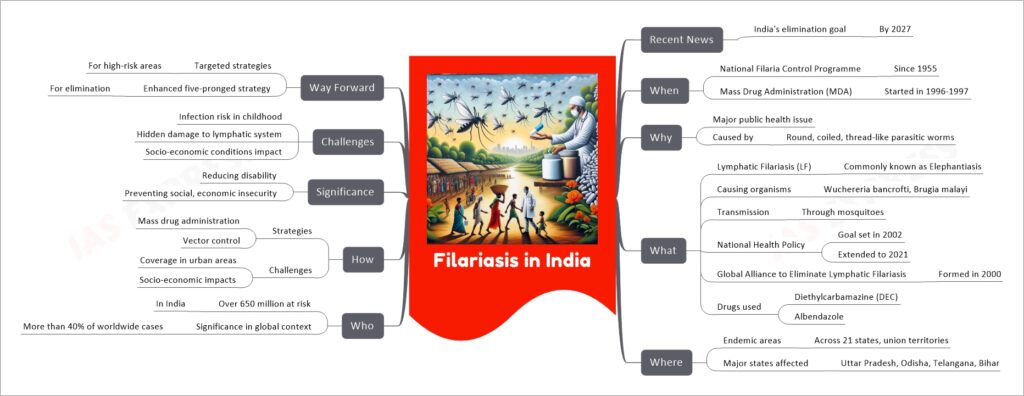
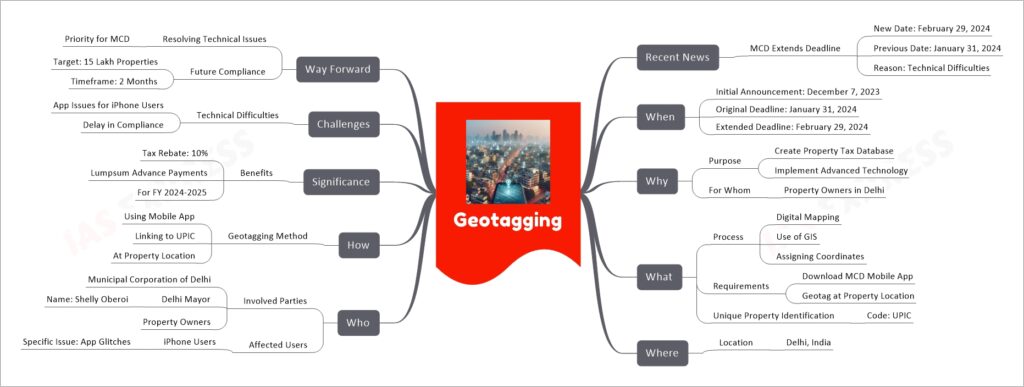
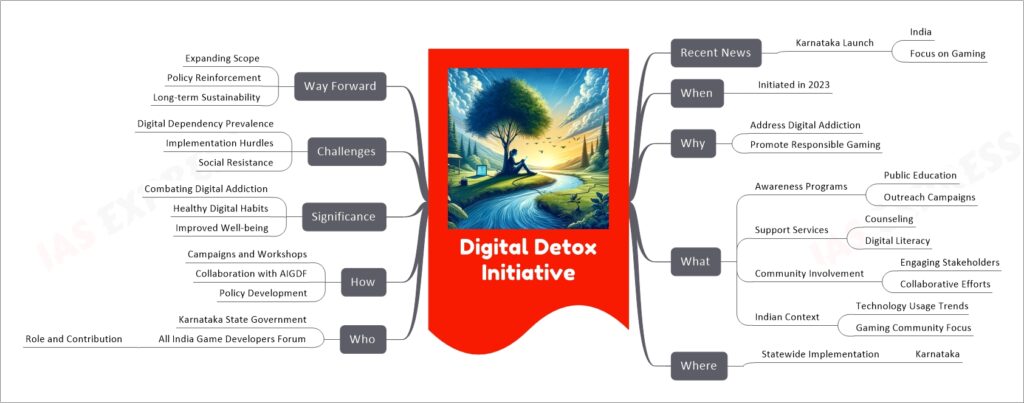
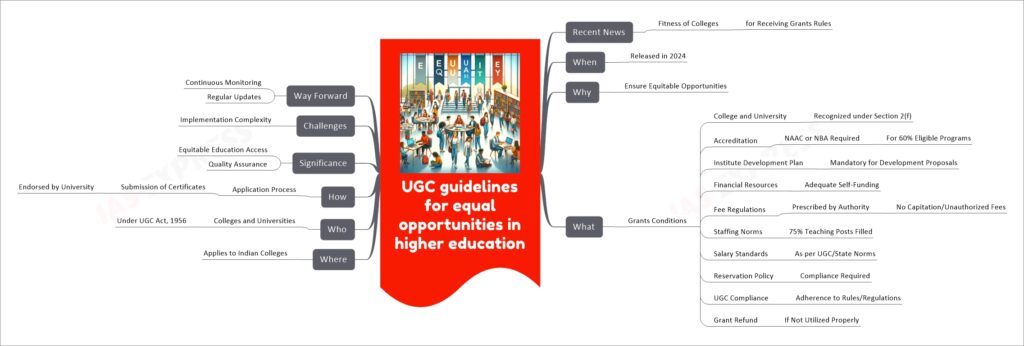

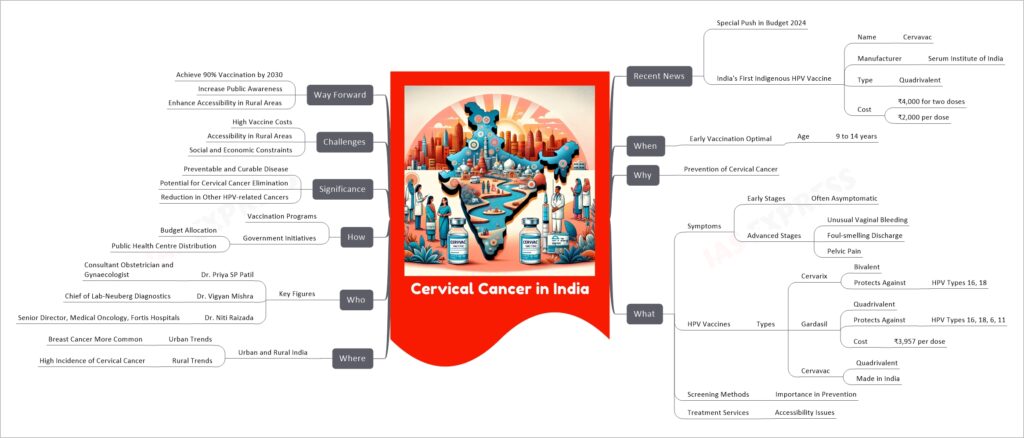
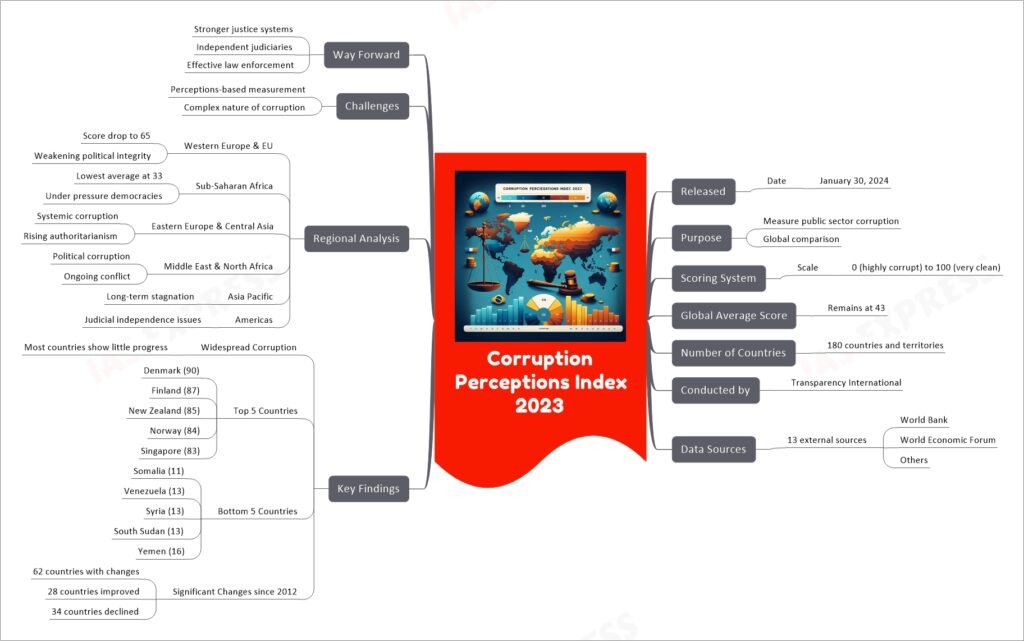
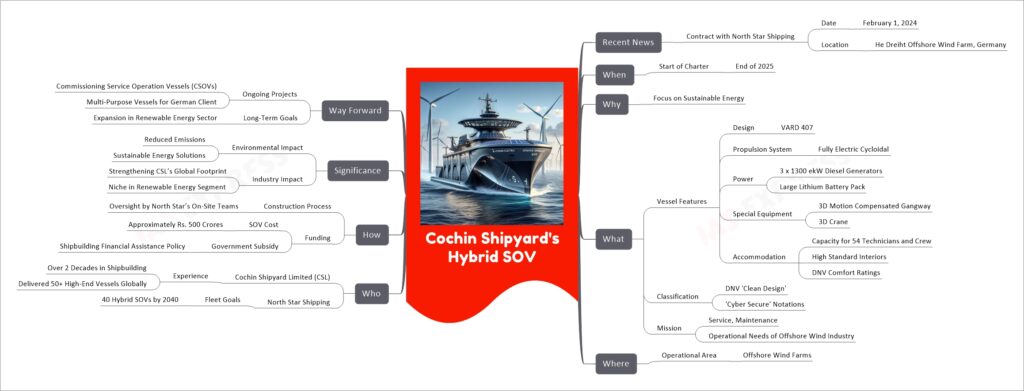
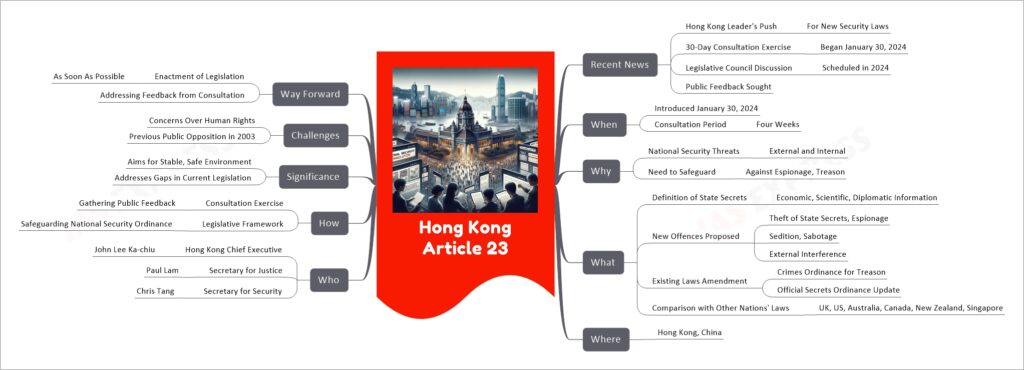
If you like this post, please share your feedback in the comments section below so that we will upload more posts like this.
